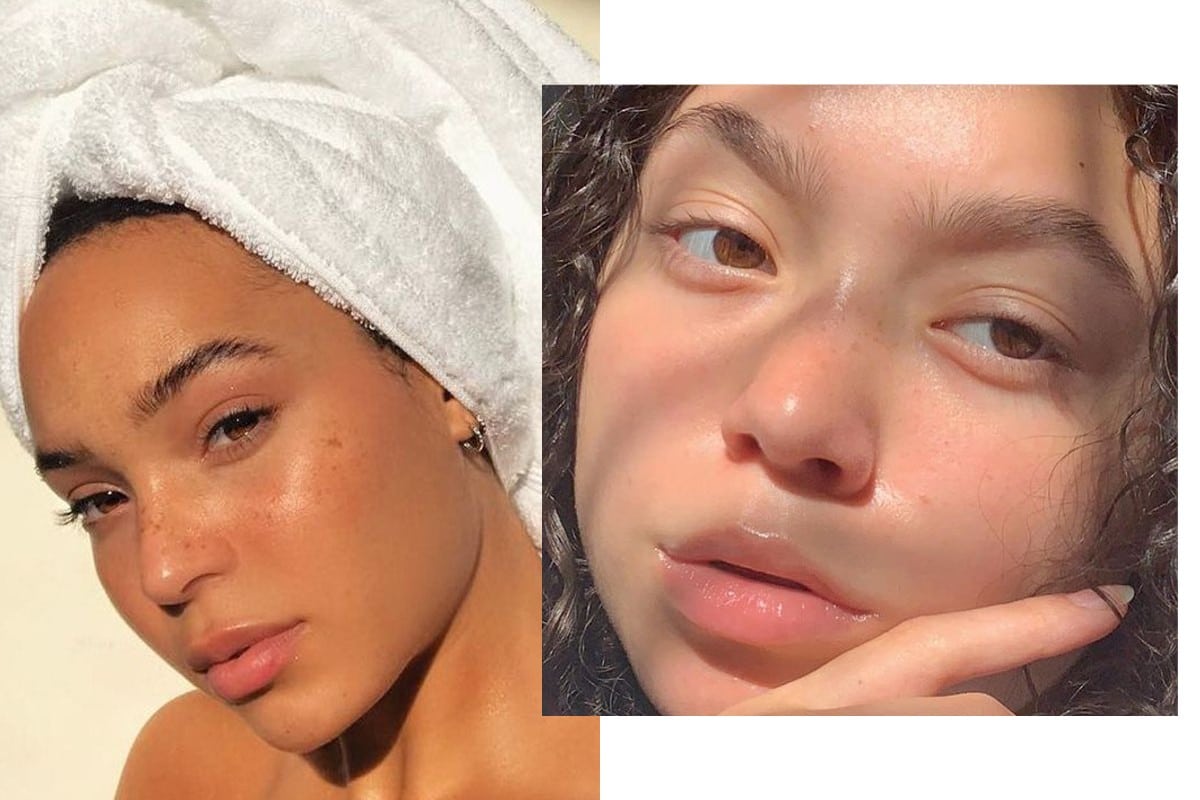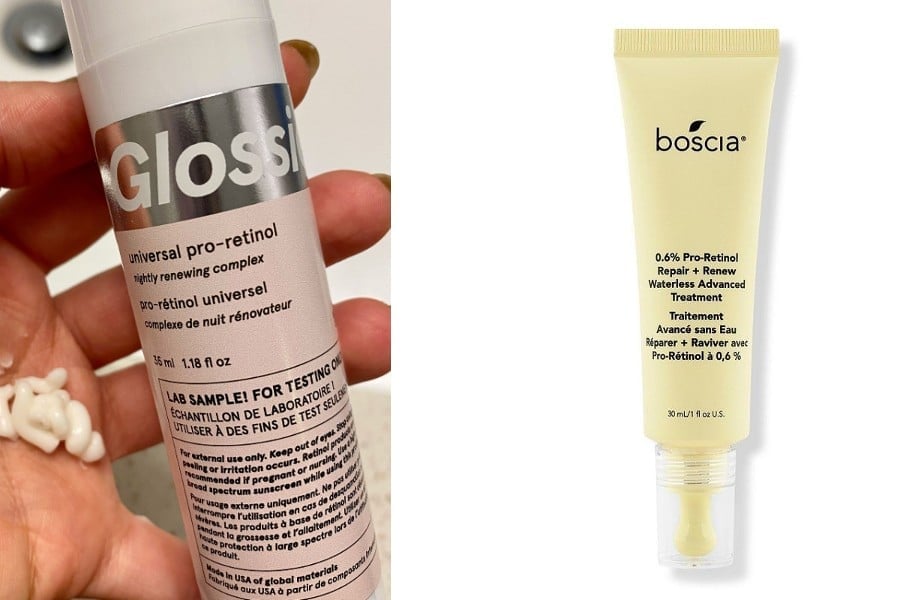
There are those people, the ones who text those niggling questions late at night, asking about the difference between Glycolic acid and Lactic acid or the best active to you for sensitive skin. The kind that need all the answers at their disposal. If you are one of those, let us be the first to say we hear you. For many years I would be consumed in finding out all the essential tidbit from any armchair beauty expert i had in my midst, travelling down an internet wormhole for the right intel. How many serums are too many serums? When should we layer serums? The truly burning questions.
There are some beauty questions that are perhaps a little more pressing, and one big topic in particular that often there is not enough discussion about is what kind of retinol to use. You may hear the word retinol and instantly freak out, it always sounds intimidating. But what is there to know about this different formula and who should be using it?

Image: one, image two
What is Pro-retinol?
To be more specific, pro-retinol is a fat-soluble ingredient derived from retinol. Like retinol Pro-retinol is no different, offering the same anti-wrinkle and skin-regenerating effects. Unlike Retinol, though, this newer ingredient is milder and less irritating, Your skin is less likely to panic when you start incorporating Pro-retinol into your skin-care routine. In the past, pure Retinol was used in conjunction with a fatty acid called palmitic acid to formulate pro-retinol, giving it the scientific name retinyl palmitate. However, recent versions incorporate sunflower fatty acids aka retinyl sunflowerate instead. Using the naturally derived source of flora not only makes this easier to absorb, but it's anti inflammatory.
Why use Pro-retinol?
For what feels like an eternity in the beauty world there has been so much buzz around retinol and its every form. For one thing, it is one of those universally appealing ingredients, that seemingly has the answers to almost all our skincare issues. But with all that said, us highly sensitised folk are sometimes left in the dust when it comes to finding a suitable alternative. In essence, Retinol is a powerhouse antioxidant and form of Vitamin A. Its main job is to communicate with our skin cells, sending the message across to our damaged ones to produce more of the healthy ones. And to counteract the activity of the enzymes that wear down the collagen and elastin, in other words, the foundations of our skin. But for some us, this powerful antioxidant formulation can be overpowering and cause a reaction that can result in increased burning, itching and flaking. So what if you want the results but your skin just won't have it?

Image: one, image: two
Who should use Pro- retinol?
The easiest way to differentiate between whether or not you should aim for Pro-retinol all is to look at it in terms of its delivery system and the way the formula responds to your skin barrier. Are you sensitised or not? Retinoic Acid is a powerful retinoid that has stronger and more noticeable effects, and Retin-A is the name for the prescription-only forms of retinoic acid that must be prescribed by a medical doctor. For those of us who are more sensitised, Pro-retinol is the answer to all our prayers. You're still getting all the benefits without the harsh effect on the skin barrier. In terms of. seeing results though, Pro-retinol can take longer than that of other forms or Retinol, In this case, Retinol usually takes at least six weeks before showing off its effect. Pro-retinol, on the other hand, can take upwards of three months.
What if I want to try Pro-retinol ?
If like me, you are highly sensitised then it would be worthwhile investing in a Pro-retinol to begin with before moving over to a standard Retinol or even a Retin-A. Starting out with a gentle and absorbent treatment like, Boscia Pro Retinol Repair is a great start. For those who's skin is a little more robust you can't go wrong with Paula's Choice 1% Retinol treatment. The key thing here is to pay close attention to the skin barrier and how it reacts overall.



